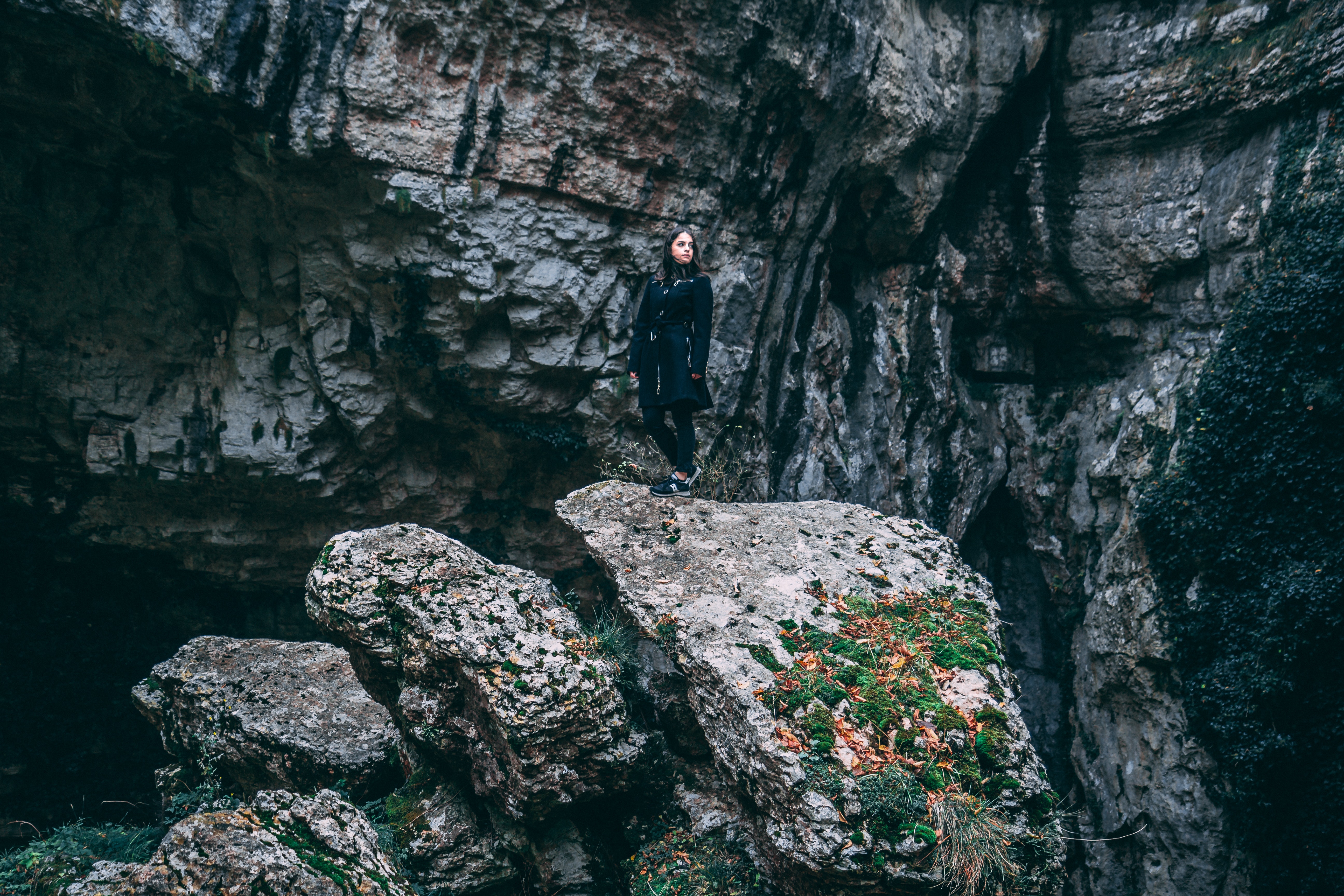Silence is not the absence of something but the presence of everything.
~ Gordon Hempton
Silence is so uncommon in today’s world that its presence can be strange, even terrifying. We’ve all heard the phrases nervous laughter, awkward silence, deafening silence, talking to fill the silence; ideas that reflect our discomfort and fear. We are so addicted to doing, to external noise, to busyness, that we crowd out the internal voice, the subtle messages, the unconscious stories that we may need to hear.
Anyone who has visited a cave would be familiar with the nervous giggle that bubbles up, if we are unaccustomed to such a deep and powerful silence, almost audible in its intensity. It presses on the ear drums and amplifies the whooshing sound of blood through the veins and the thumping of the heart in the chest. It brings cavers in direct contact with themselves; not all who experience this can cope with that intimacy of self.
In silence, we can have an increased awareness of our feelings. If we are not silent, if we are filling ourselves with sensory data, we cannot recognise our fears or hear our inner voice. Not only is there challenge, confrontation and a kind of emptiness in silence, there is also possibility and an opportunity to shift, a chance to connect with the vastness within. In Inviting Silence, poet Gunilla Norris observes, “Within each of us there is a silence—a silence as vast as a universe. We are afraid of it … and we long for it.”
Silence can be felt as a kind of persecution, or interpreted as a way of keeping people at arms-length, because it is not experienced as warm and welcoming. Powerful silence can make us nervous, unsure. I see this in my facilitation work. Even a few moments of silence can seem threatening and cause anxiety. Many people can’t tolerate the hanging feeling, the suspense created by the void in between sentences. Someone inevitably jumps in with a comment, a joke, anything (!), just to relieve the tension.
Poet David Whyte writes in The Three Marriages:
“when we have no practice with silence and the revelations that arise from the spacious sense of reality can be like a novice violinist trying to play the opening notes of a Bach concerto. We can be so overwhelmed by the grandeur of the piece that we give up on our beginning scales.”
Silence is not about the
absence of sound, but about the presence of something else: a way to be, a
willingness to listen, an auditory space in which to rest.
Acoustic ecologist Gordon Hempton has been on a mission to preserve natural silence, which he says is “as essential as species preservation, habitat restoration, toxic waste cleanup, and carbon dioxide reduction.” In an extraordinary bid to prevent the extinction of natural silence, Hempton searched for one square inch where he could listen for fifteen minutes and not hear a human sound. It was in the Olympic National Park, on Washington’s Olympic Peninsula in the Pacific Northwest, where 95 percent of the land is protected as wilderness, where he found the “widest diversity of soundscapes and the longest periods of natural quiet.”
“Think about finding one place in a park that you can visit, where there will be no trucks heard, no planes flying over, no man-made machinery, no human noise. Wouldn’t that be a beautiful thing?”, asks Hempton. It’s a powerful idea, because sound travels. If he can protect the silence of even one inch, he calculates that he will be protecting the natural soundscape of approximately one thousand square miles of surrounding land. It’s a first step toward his goal of preventing the extinction of silence.
I am inspired by Hempton’s initiative. It is a worthy alternative to the loud and angry protests that are common in activism, and a powerful leadership intervention. My mission, however, is not a national park. I strive to carve out space for silence in small ways in my day to day, in the meetings that I attend, the conversations that I have. My hope is that by cultivating an appreciation of the generative power of silence, we can become better equipped to manage the complexity of our lives.
Who knows what we may discover…
… if we become aware of our habitual ways of reacting to silence and filling up the space?
… if we pause just for a few more moments before we next speak,
… if we create a quiet corner in our office or home without any devices,
… if we cultivate a new relationship with silence,
if ….?
Explore the generative power of silence and other ‘not doing’ qualities in Not Doing: the art of effortless action by Diana Renner & Steven D’Souza.
Originally published at www.unchartedleadership.com.au


